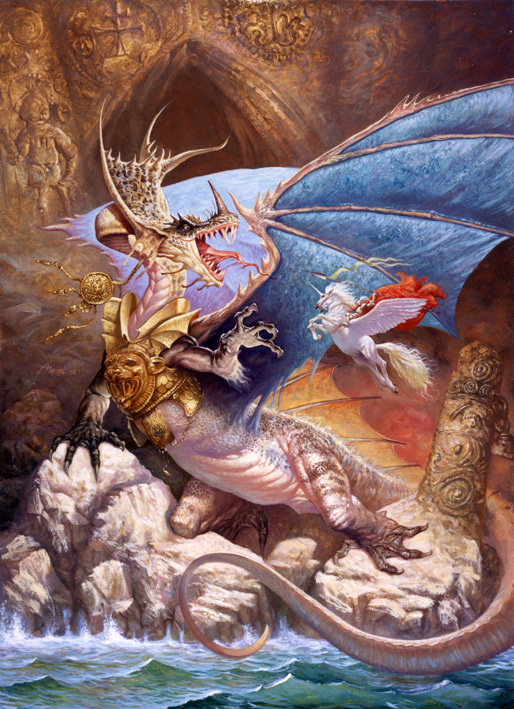 |
| The Noble dragon, 1996 |
The symbolism of the dragon is complex and powerful, and it occupies an important place within the pantheon of symbols in many cultures throughout the history.
The dragons are very old and important element of the mythological universe. In China the dragon is the oldest mythological animal and symbolizes the Earth’s fertility, the power of creation and the Emperor’s power.
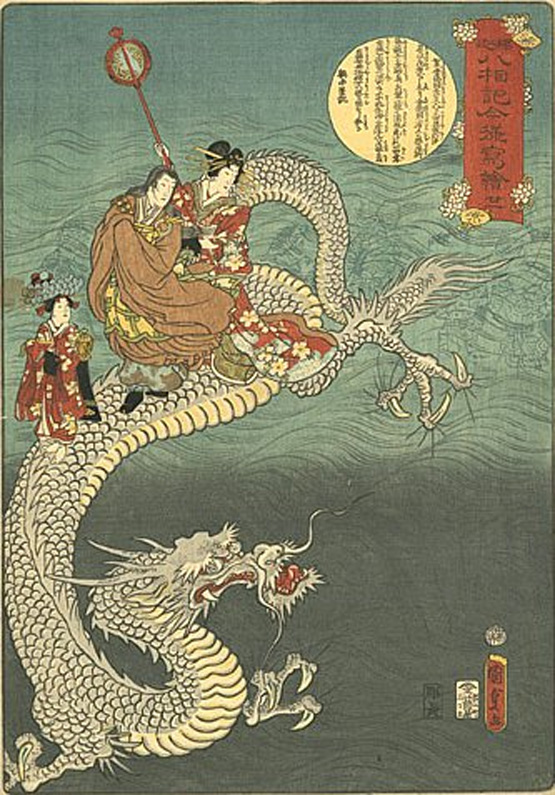 |
| Japanese woodblock print |
In the European culture the dragon mainly symbolizes greed and lust. That is why it has often been depicted as a creature that spends his days stealing fair maidens, and laying on his golden treasure and jealously protecting it. This is in a way a simplification of the function and the symbolism of the eastern dragon, who is basically a guardian of the “ hidden treasure”. Therefore the European dragon means bringing the spiritual symbolism down to the basic, lower urges and needs of the human being.
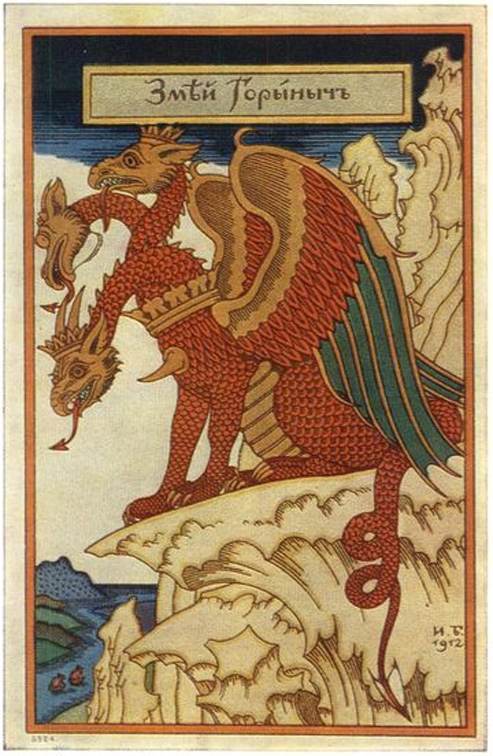 |
| Ivan Bilibin |
Contrary to the eastern dragon, who is generally a positive phenomenon, in the western tradition the dragon has mainly been perceived as a negative, bad creature, and therefore in the psychological sense he is often connected to the internal problems and obstacles that have to be overcome on the way of moral and spiritual enlightenment.
They represent those monsters from our subconscious who are guarding the threshold to the “Hero’s adventure”, and the higher level of existence. A Hero must slain the dragon in order to get to another level, the next leg of the journey on his developmental path.
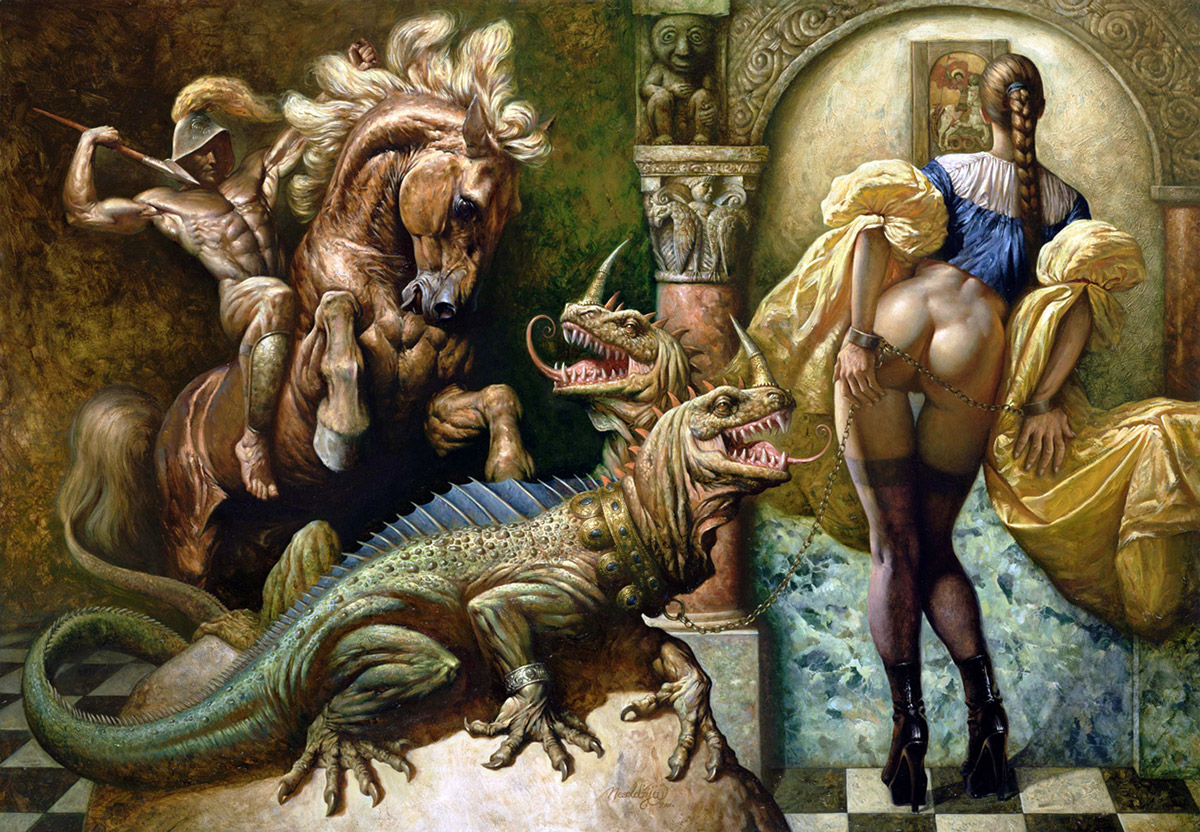 |
| St.Georg and the Dragon, 2000 |
In the Arthurian legend there is a creature that makes its appearance in the story of the Questing Beast. Although described as a creature that has a serpent head and tail, a leopard body, a lion’s hindquarters and deer’s feet, it has often been depicted as a strange dragon-like creature. In the story this beast appears in front of King Arthur, who is resting near a deep pool, after an exhausted deer hunt. There is a noise like the barking of a hound pack coming from within the beast’s body. Only when the creature drinks from the pool the noise ceases. After that the beast goes away and disappears into the bushes. Not being able to understand the meaning of this strange apparition, Arthur goes to Merlin to seek his advice. Merlin tells Arthur that the Questing Beast was the evil spawn of a princess who wished to have an unholy union with her own brother. When the brother rejected his sister’s incestuous advances, she made a bargain with the devil, who then murdered the brother and fathered the Questing Beast on her. Significantly, Arthur catches a glimpse of this beast shortly after his own incestuous encounter with his half-sister Morgan le Fay.
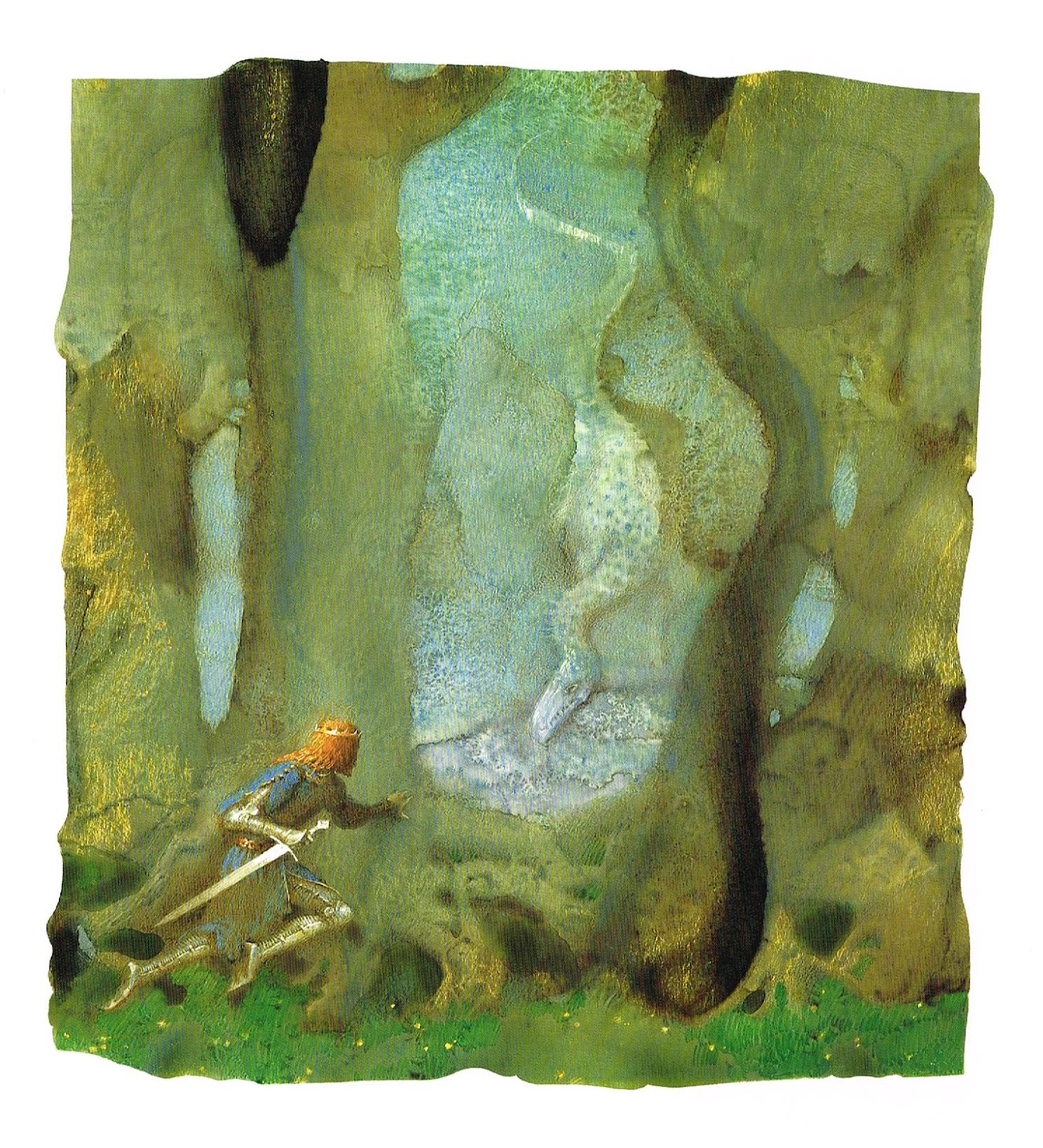 |
| Pavel Tatarnikov |
However, in his magnificent book Hero With a Thousand Faces, Joseph Campbell gives us another clue as to what the actual symbolism of this intriguing creature might be. He says that this creature’s symbolism is related to the function of the disgusting and rejected frog from The Frog-prince, a famous Brother Grimm’s fairytale, who dives to the bottom of a deep pool and brings back to the princess her lost golden ball.
Both the frog and the Questing Beast are the manifestations of a force that might be perceived as a herald, or the announcer of the adventure. This herald (in fairytales often represented by an ugly frog, serpent (dragon), a mysterious person or a rejected one) is the representative of the unconscious deep, wherein are hoarded all of the rejected, unadmitted, unrecognized, unknown or undeveloped factors, laws and elements of existence ,waiting to be explored. “The herald is often dark, loathly or terrifying , judged evil by the world; yet if one could follow, the way would be opened through the walls of day into the dark where the jewels glow”, as Joseph Campbell poetically expressed in his book.
Therefore, in that respect, these ugly beasts are nothing else but the embodiment of the “call to adventure”.
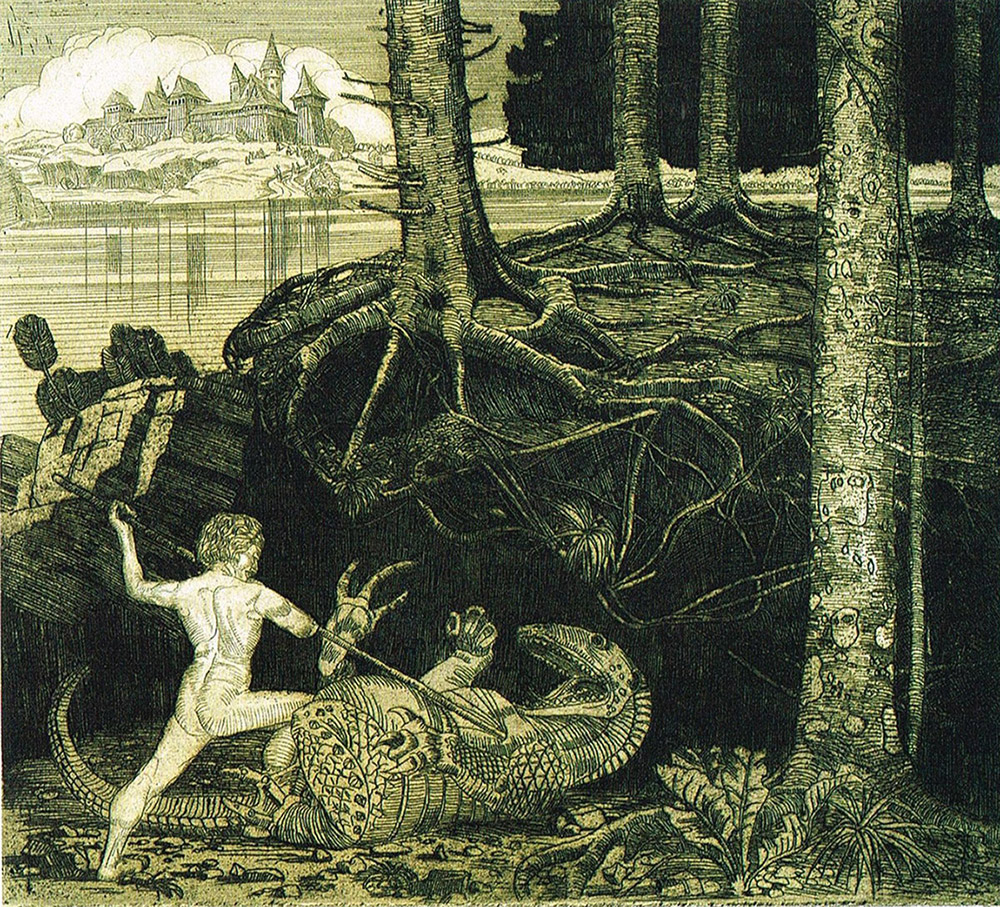 |
| Wladyslaw Skoczylas |
Another intriguing symbolic meaning of the dragon is to be found in the Alchemy, where a dragon (or serpent), called Ouroboros (means tail-biter), devours himself and therefore symbolizes the infiniteness of the Life process, the never-ending cycle of destruction and rebirth.
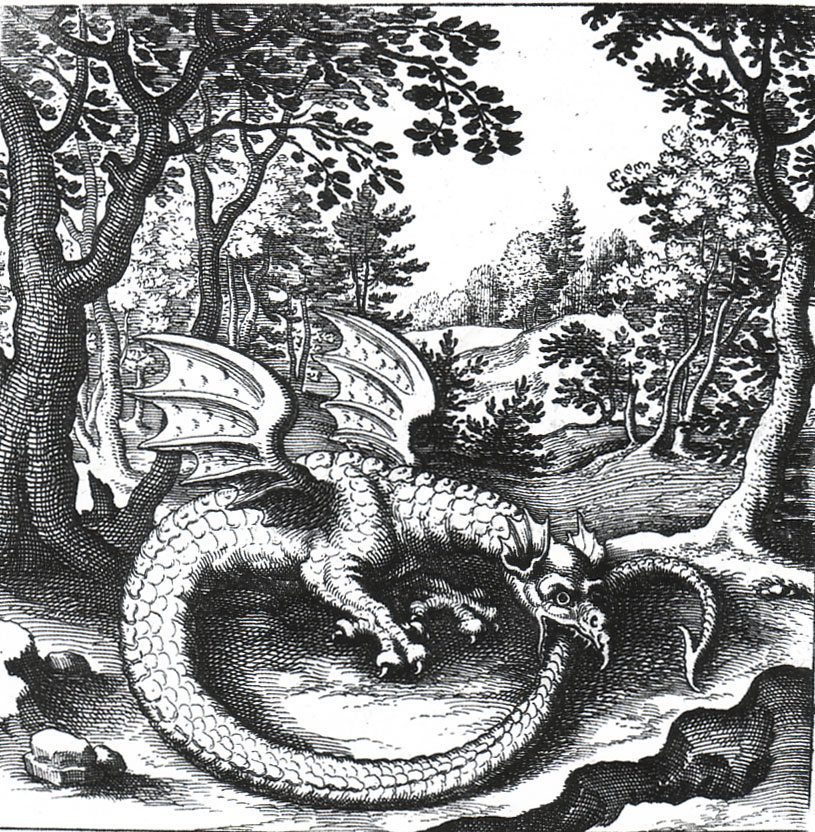 |
| Lucas Jennis |
So, next time when we see a dragon flying over the fantasy lands, we should know that this creature is capable of doing much more than just spitting fire and smashing down the sturdy castle towers. We just have to give him a chance, but at the same time we need to pray that he does not burn us alive, before revealing the hidden and forgotten aspects (treasures) of his character. For he is a Dragon after all!


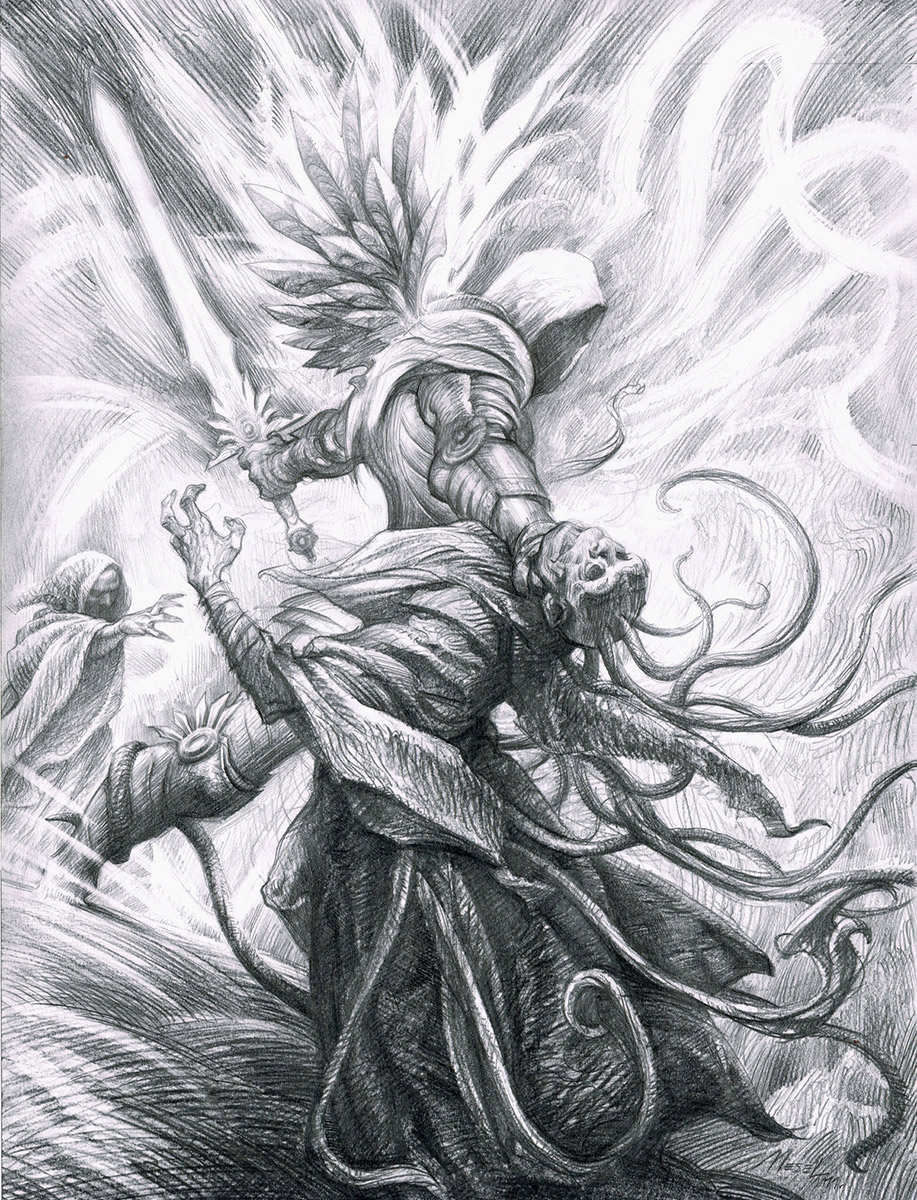
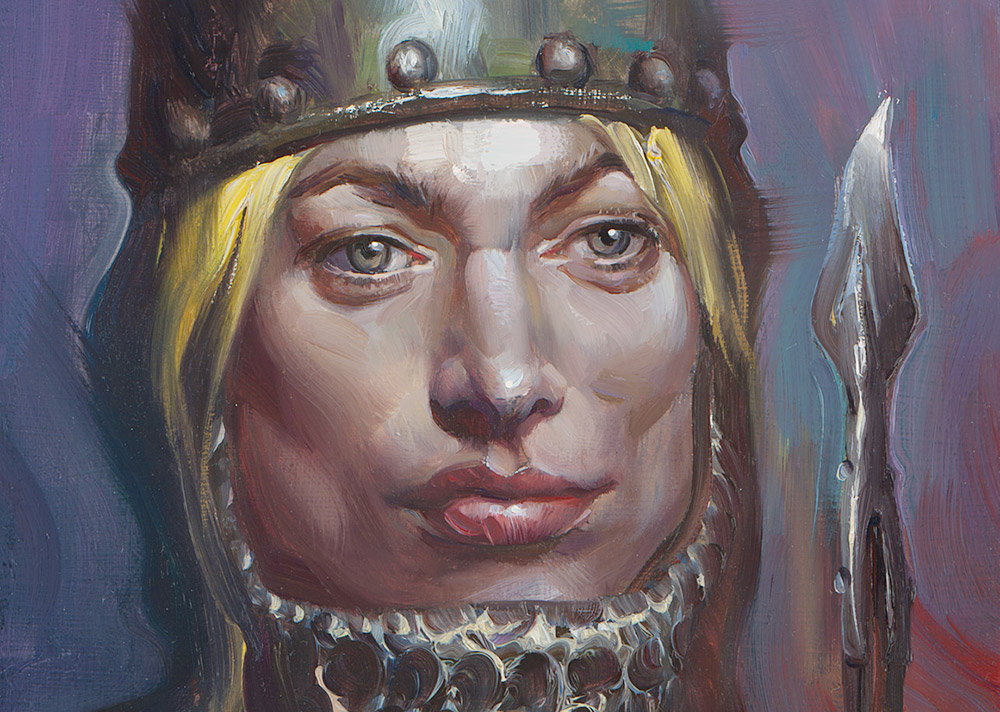
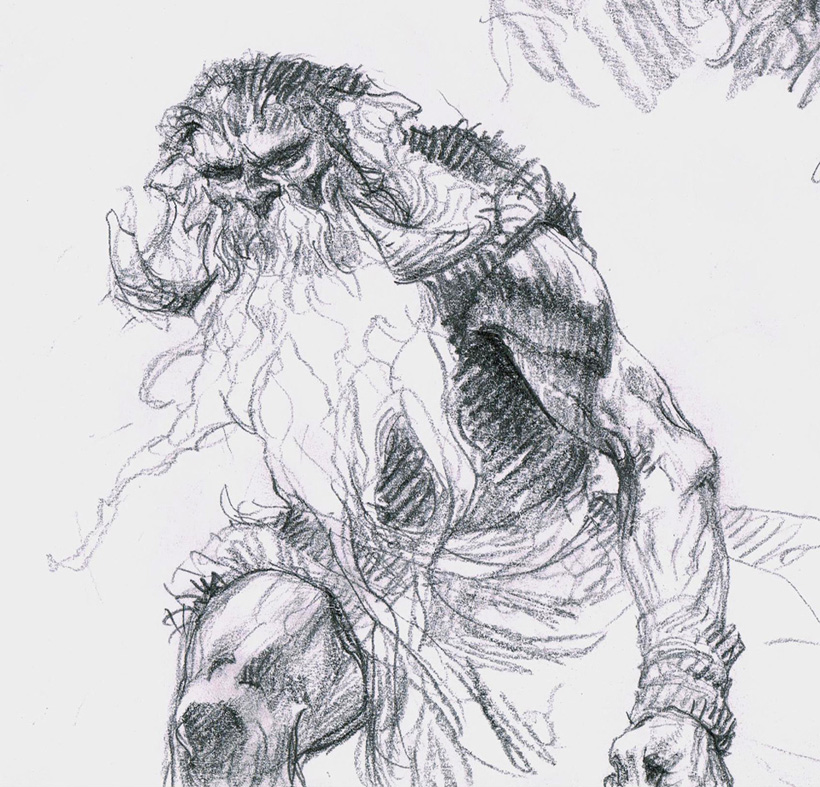
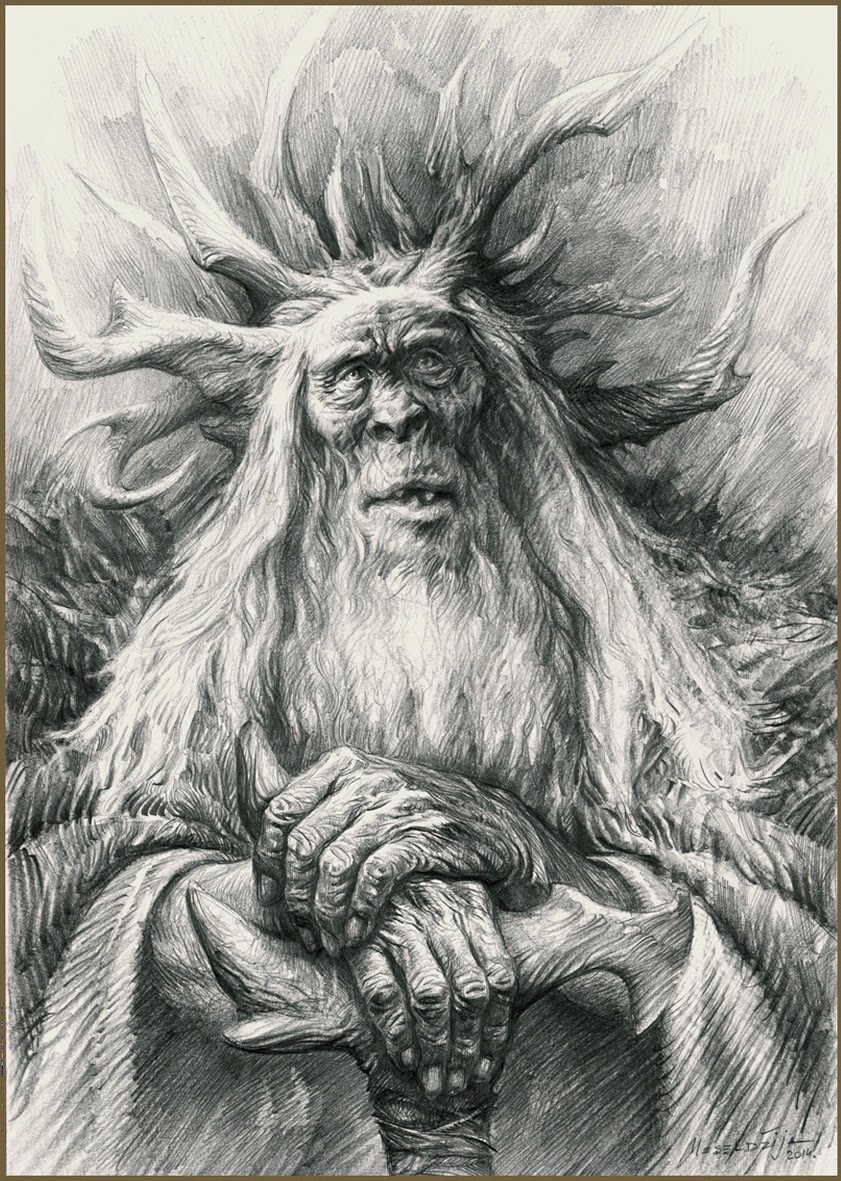
Fun post, and I enjoy the works Bilibin.
Though if you could humor a kid's pet peeve -I'd add the Feather Serpent of Mesoamerica on that list. They symbol divinity, fertility, and warfare (depending on the tribe or kingdom's form of worship).
I never seen before “The Noble Dragon”. Is surely one of your best pieces.
Thanks for the post. Very fun!
And, amazing paintings as always!
Also consider Norse and Anglo-Saxon depictions (which seem to have heavily influenced more modern Western depictions), and those of proto-dragon creatures from ancient Greece, Babylon, etc..
ve may bay gia re, Dragon is a symbol of power, people almost like this because it show a picture of mighthy & strong, I have many picture of Dragon on the wall of my room.